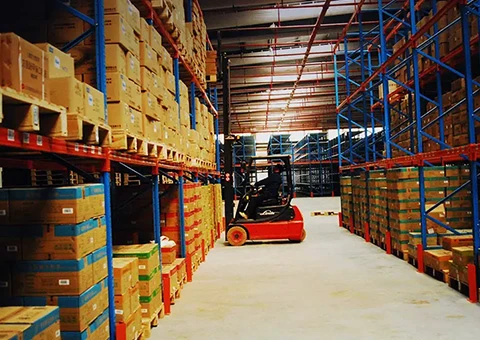Factors Influencing the Expense of Relocating Heavy Equipment and Machinery
The Cost of Moving Heavy Machinery A Comprehensive Analysis
Moving heavy machinery is a critical operation for many industries such as construction, manufacturing, and mining. As these sectors often rely on large and cumbersome equipment to complete their tasks, understanding the costs associated with moving this machinery becomes paramount. In this article, we will explore the various factors that influence the cost of moving heavy machinery, the strategies to minimize these costs, and the role of logistics in ensuring a successful transition.
Factors Influencing the Cost
1. Distance and Terrain One of the primary factors affecting the cost of moving heavy machinery is the distance between the departure and destination points. Longer distances often lead to higher transportation fees, especially if the route involves challenging terrains such as hills, valleys, or unpaved roads. Routes with poor accessibility may require special equipment, leading to increased costs.
2. Size and Weight of Machinery The larger and heavier the machinery, the higher the costs typically are. Overweight or oversized equipment often necessitates special permits and escorts, which can significantly increase expenses. Additionally, handling such equipment requires specialized vehicles and skilled operators, each contributing to the overall cost.
3. Transportation Method The method of transportation chosen can have a dramatic impact on costs. Whether using trucks, cranes, barges, or trains, each mode comes with its own set of expenses related to fuel, labor, and time. For instance, while rail transport may be more cost-effective for long distances, it may not be feasible for all types of heavy machinery. Transporting equipment via cranes also involves substantial costs due to the setup and operational time.
4. Insurance and Liability Given the value of heavy machinery, insurance is a significant consideration. Coverage for damages during transit can be costly but is often necessary to mitigate risks. Additionally, including insurance costs in the budget planning is essential for avoiding unexpected expenses.
5. Loading and Unloading The costs for loading and unloading machinery should not be overlooked. This process typically requires a skilled labor force and may involve the rental of additional equipment such as forklifts or cranes. The time taken for loading and unloading will also influence labor costs, making it vital to plan these operations carefully.
cost of moving heavy machinery

Strategies for Cost Minimization
1. Efficient Planning Proper planning is crucial for minimizing costs associated with moving heavy machinery. This includes selecting the most efficient route, determining the best time for transport, and ensuring that all necessary equipment and personnel are ready at both ends of the journey. Developing a checklist that encompasses all logistical needs can help facilitate a smoother operation.
2. Consolidation of Loads Whenever possible, consolidating multiple pieces of machinery or equipment into one transport load can significantly reduce costs. This not only maximizes the use of transport vehicles but can also lead to savings on fuel and labor.
3. Negotiating Contracts Establishing relationships with transport companies can often lead to better rates and terms. Negotiating contracts for regular transport can lead to discounts, especially for companies that frequently need to move heavy equipment.
4. Using Technology Leveraging technology for logistics management can greatly enhance efficiency, ultimately leading to cost savings. Tools such as GPS tracking, route optimization software, and inventory management systems can ensure that moves are executed as smoothly and quickly as possible, reducing the overall financial burden.
The Role of Logistics
Effective logistics play a pivotal role in the successful movement of heavy machinery. A well-coordinated logistics strategy ensures that all aspects of the move are managed efficiently, from planning and loading to transport and unloading. By focusing on logistics, companies can reduce delays, enhance safety, and ultimately save costs associated with moving heavy items.
In conclusion, the cost of moving heavy machinery is influenced by many factors, but with the right strategies and efficient logistics management, these costs can be minimized. Understanding the nuances of this process is essential for businesses that rely on heavy equipment, enabling them to maintain operations while remaining budget-conscious. With effective planning and execution, the challenges of transporting heavy machinery can become manageable rather than burdensome.
-
Unlock Seamless Relocation with Our Heavy Equipment Moving ExpertiseNewsJun.06,2025
-
Unleash Unrivaled Flexibility with Our Adjustable Gantry CraneNewsJun.06,2025
-
Unleash Heavy-Duty Efficiency with Our Industrial Gantry Crane SolutionsNewsJun.06,2025
-
Revolutionize Steel Handling with Our Magnetic Lifter RangeNewsJun.06,2025
-
Master Equipment Mobility with Premium Machinery Mover SolutionsNewsJun.06,2025
-
Elevate Your Material Handling with Magnetic Lifter TechnologyNewsJun.06,2025
-
YS Permanent Lifting Magnets: The Smarter Way to Handle SteelNewsMay.22,2025
